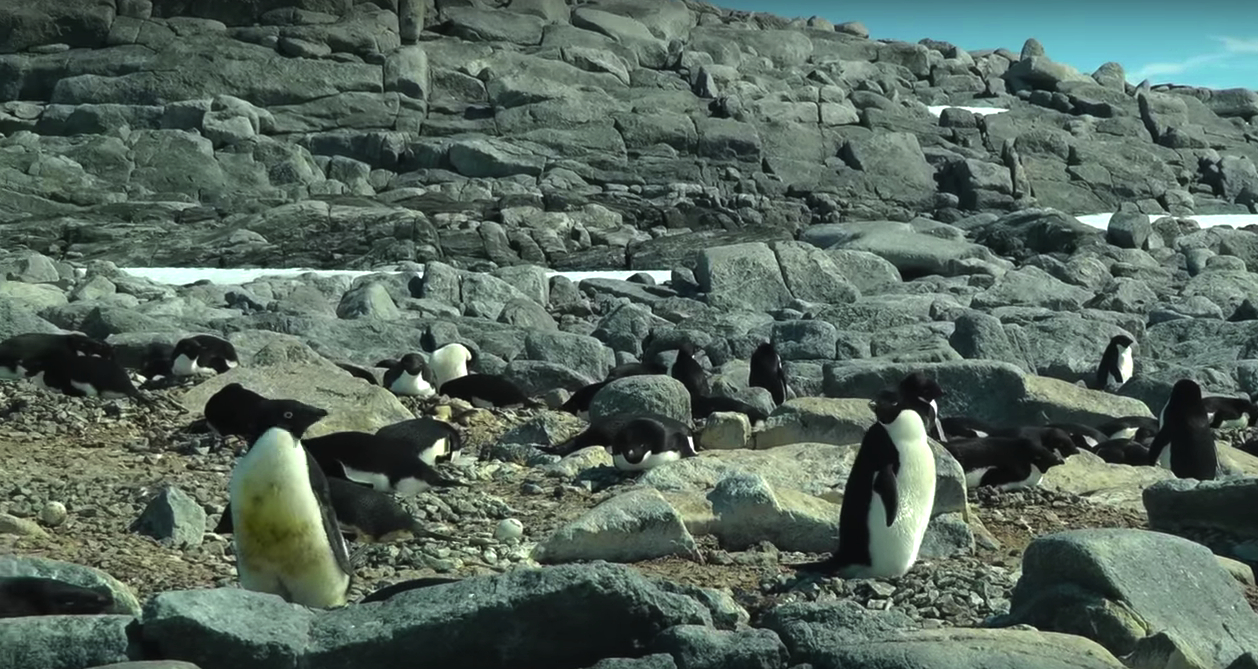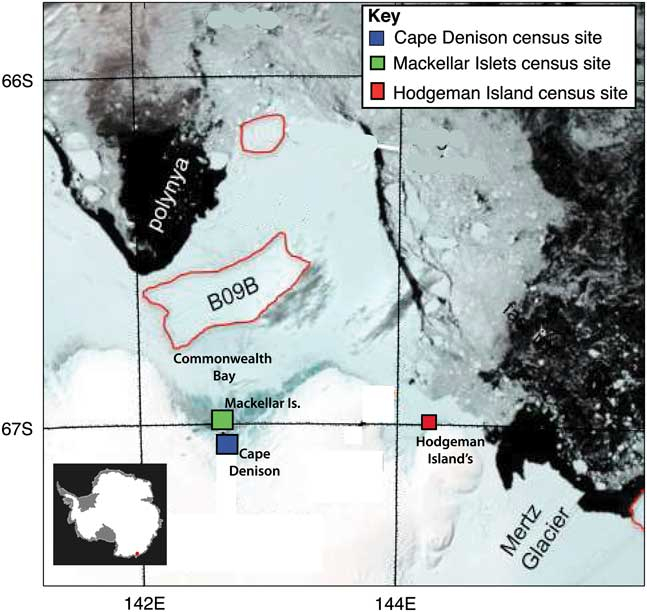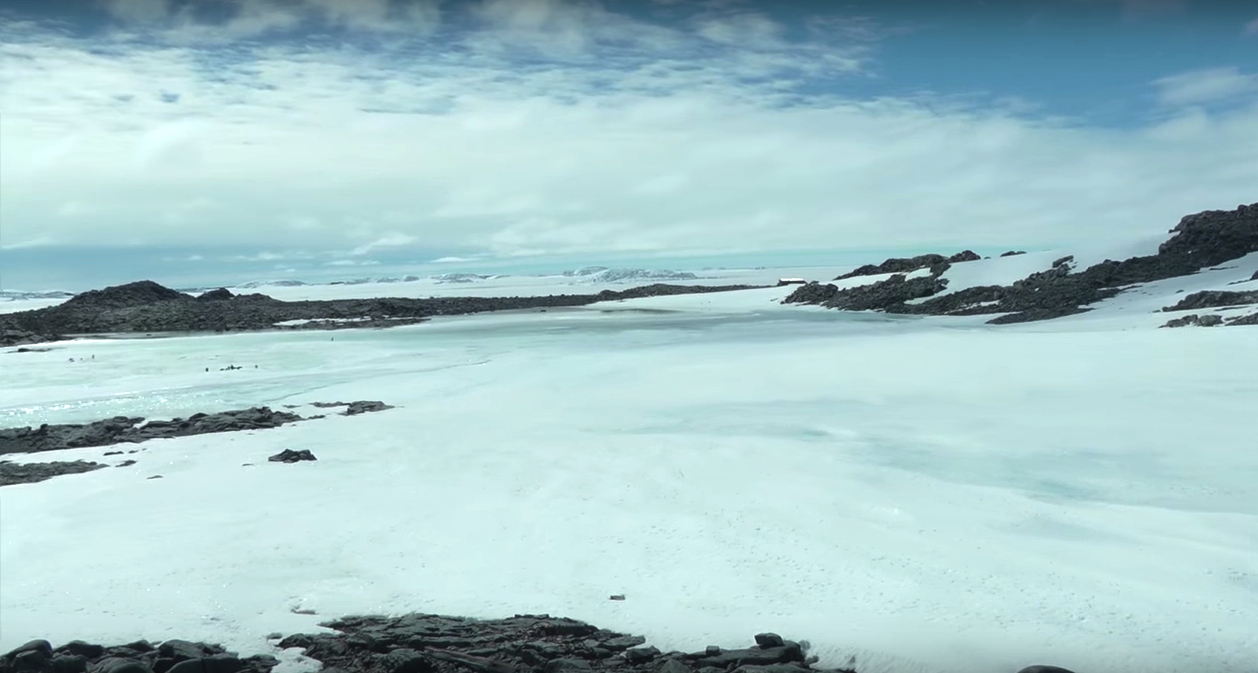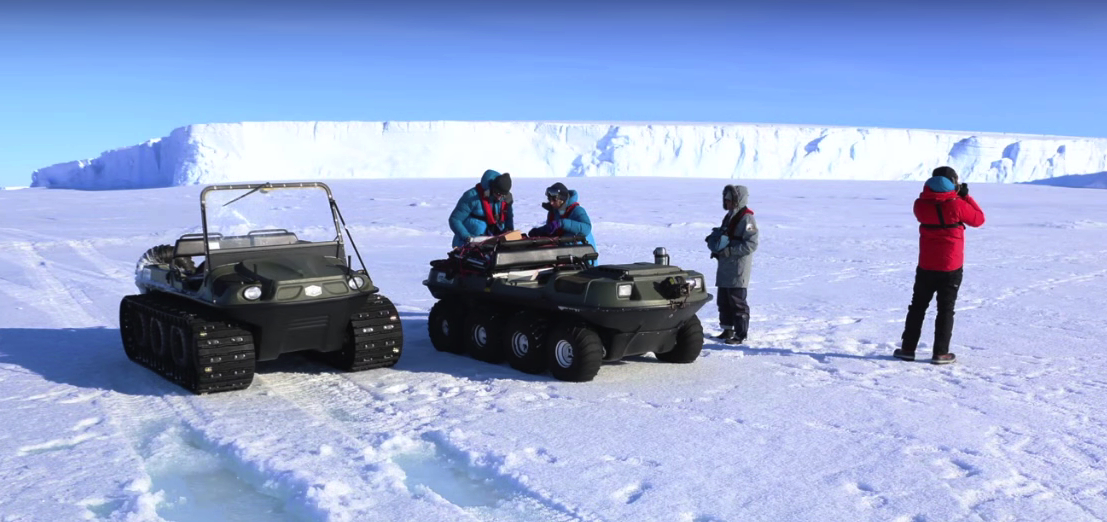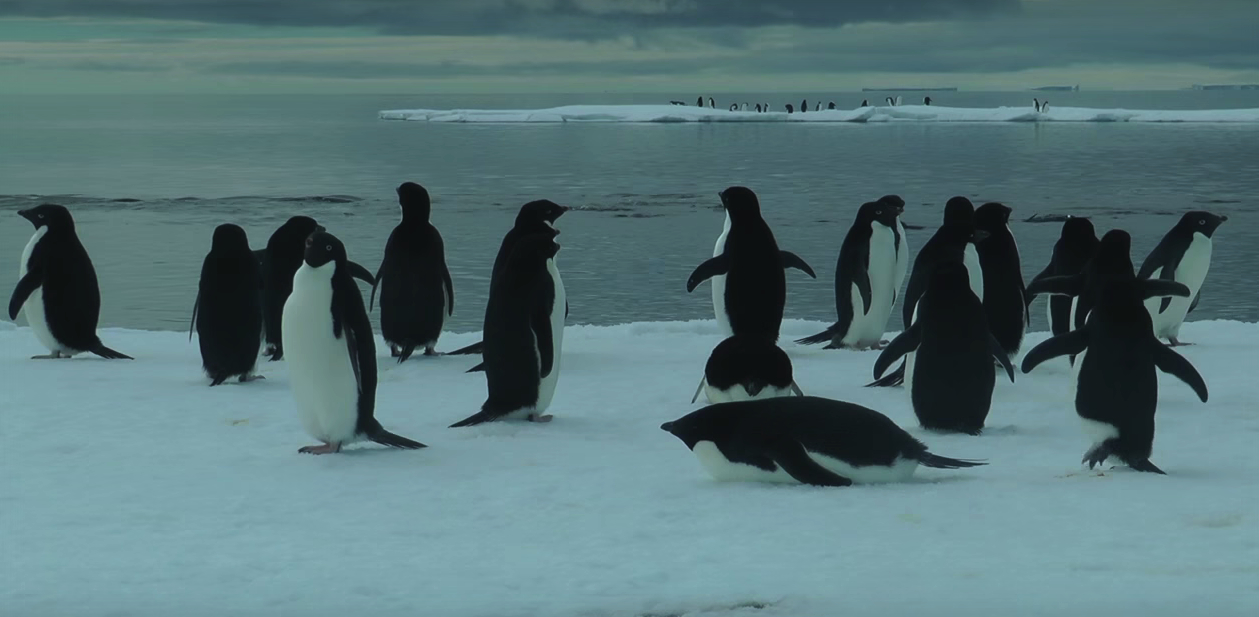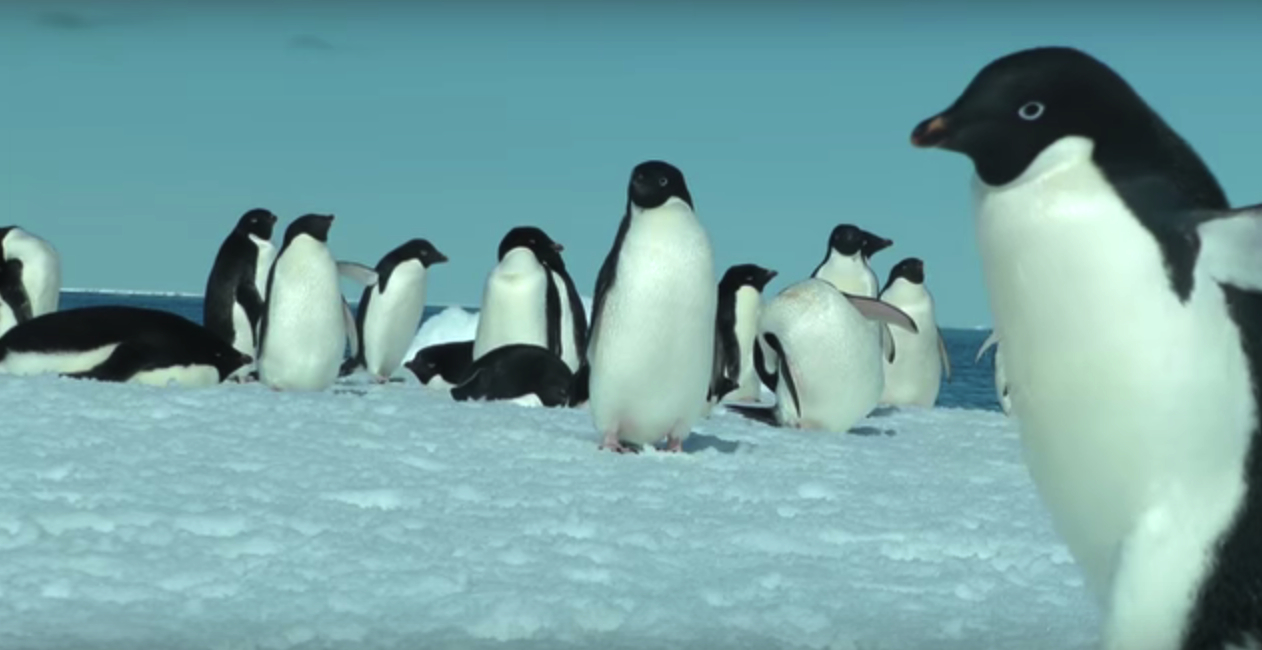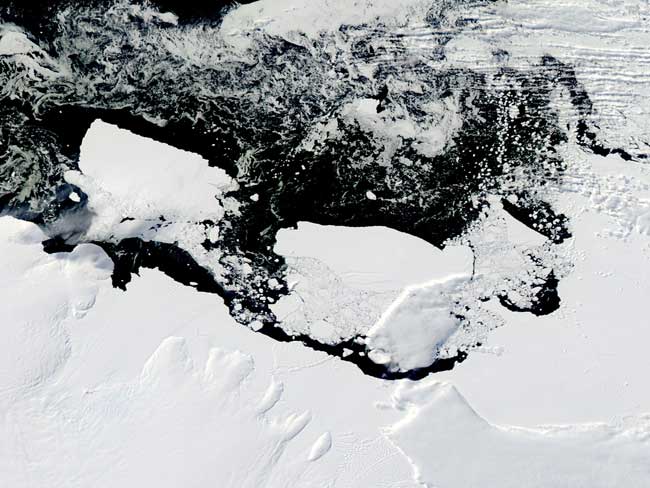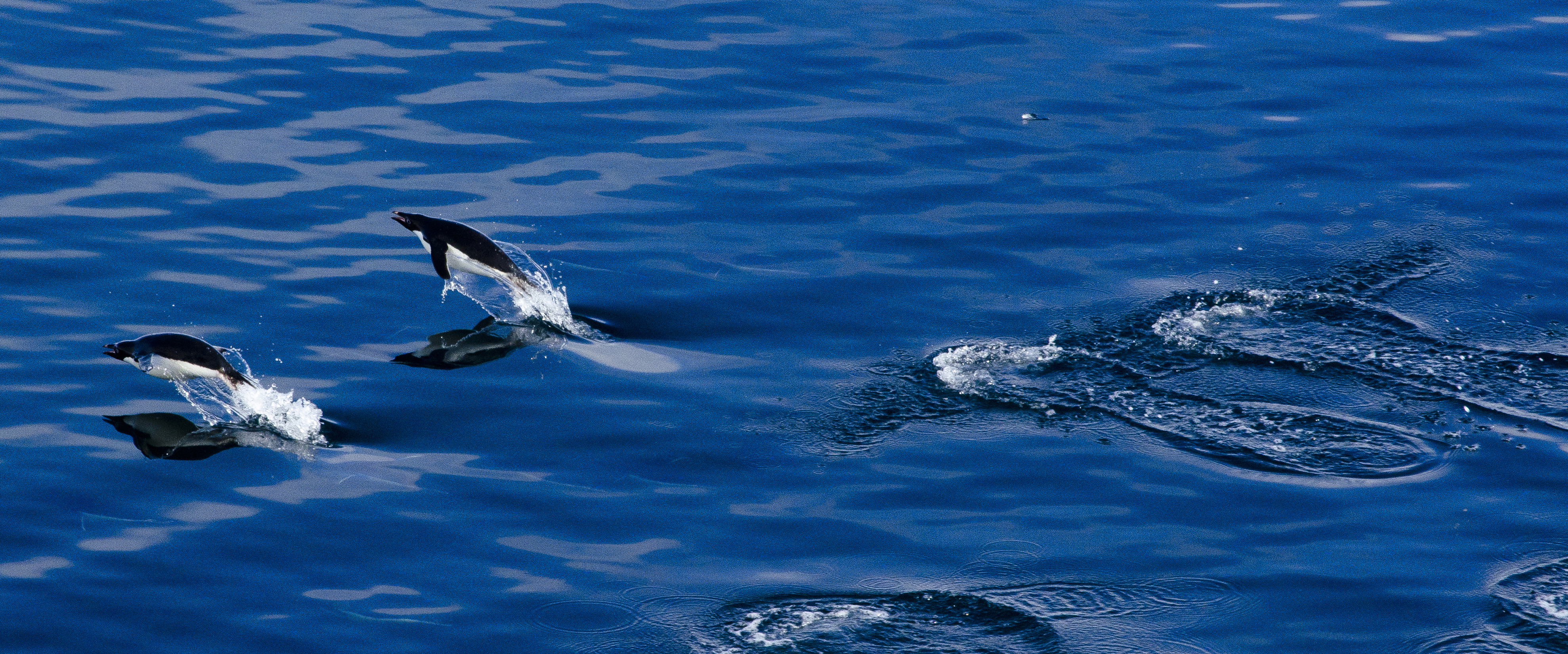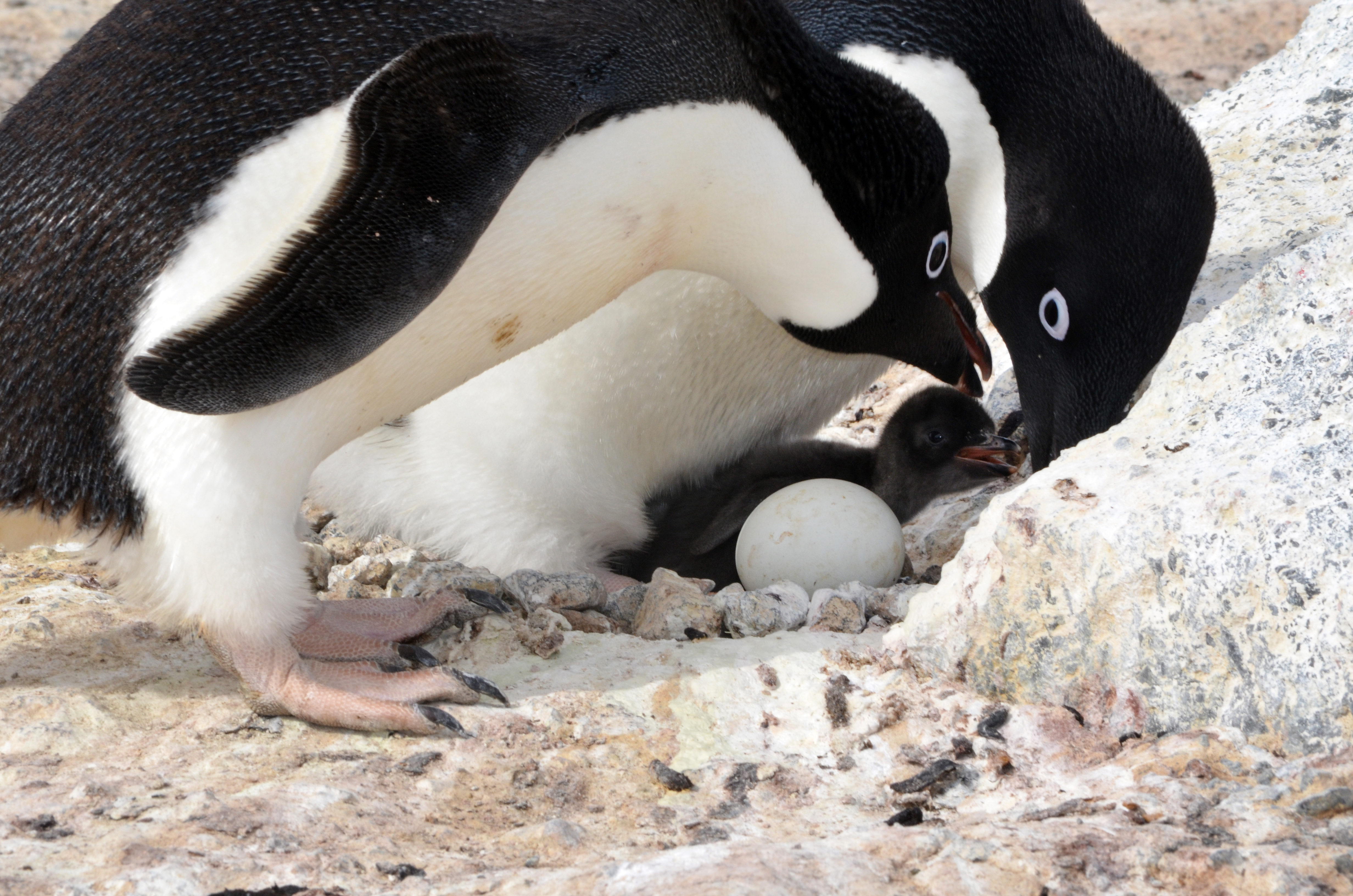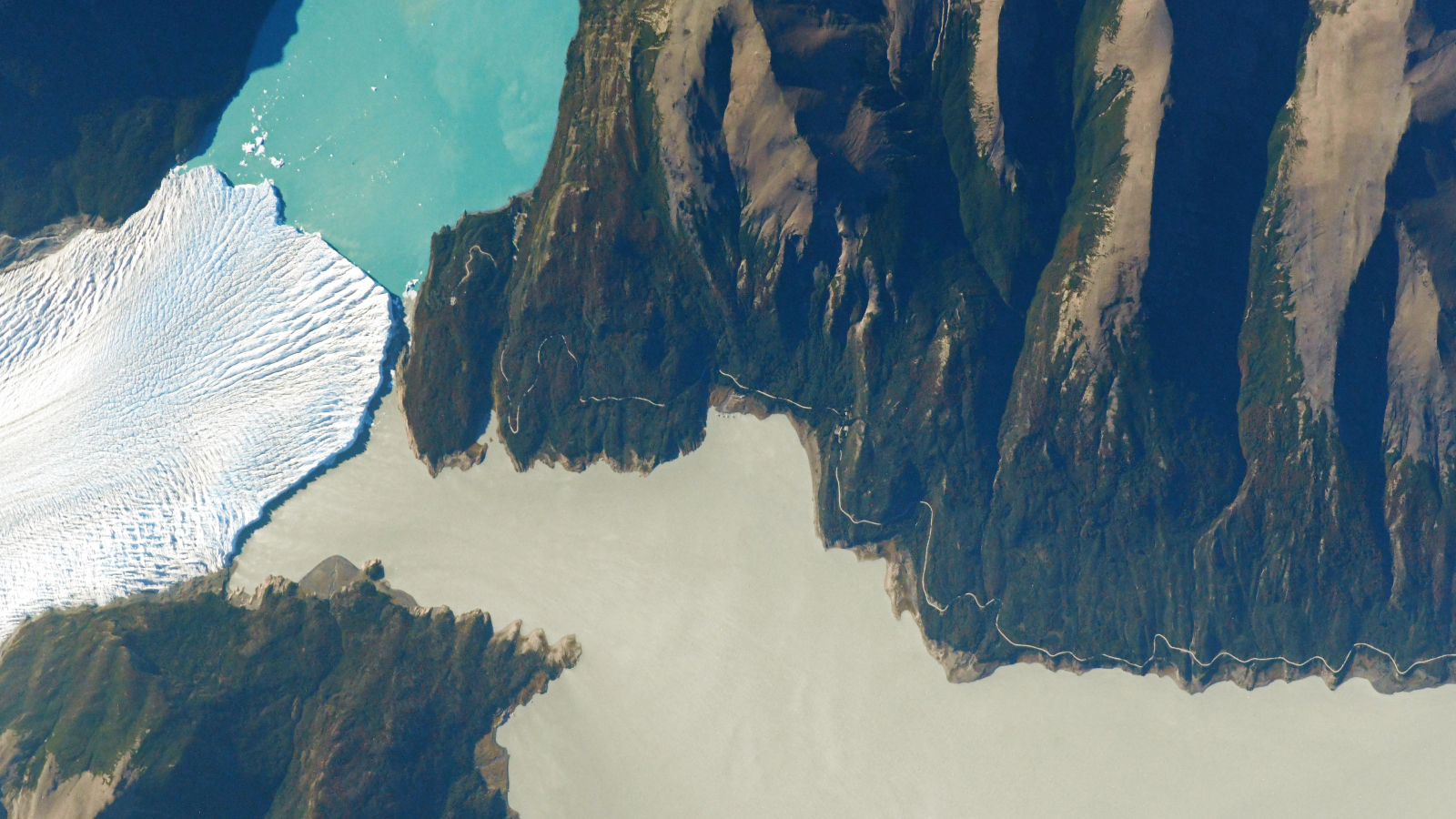In Photos: Adélie Penguins of East Antarctica
A colony of Adélie penguins, some 150,000 individuals, on Cape Denison in Commonwealth Bay, in East Antarctica, went missing after a Rhode Island-sized iceberg called B09B crashed into the bay's Mertz Glacier; the giant chunk of ice meant the birds had to trek much farther to snag food. Here's a look at the penguins. [Read the full story on the "missing" penguins]
Big drop
Penguins at Cape Denison in 2013. In a new study, published Feb. 2 in the journal Antarctic Science, scientists report a stunning drop in the colony's penguin population since 2011. (Credit: Youtube/Climate Change Research Centre, University of New South Wales, Sydney, Australia)
Satellite view
A satellite image of the extent of fast ice in Commonwealth Bay on Dec. 15, 2013. Fast ice, or fastened ice, is the ice that is stuck to the shore. Locations of the Cape Denison, Mackellar and Hodgeman islands Adélie penguin colonies are marked. (Credit: Antarctic Science/Wilson et al.)
Empty nest
This picture of Adélie penguin sub-colonies east of Petrel Hill, Cape Denison, on Dec. 20, 2013, shows the low density of nesting penguins and guano-covered rocks previously used for nesting by the penguins but now abandoned. (Credit: Antarctic Science/Wilson et al.)
Get the world’s most fascinating discoveries delivered straight to your inbox.
Cape Denison
A view of Cape Denison in East Antarctica's Commonwealth Bay. (Credit: Youtube/Climate Change Research Centre, University of New South Wales, Sydney, Australia)
B90B
The edge of the colossal iceberg dubbed B90B looms over Commonwealth Bay. (Credit: Youtube/Climate Change Research Centre, University of New South Wales, Sydney, Australia)
Feeding on ice
These Adélie penguins are from colonies outside of Commonwealth Bay, where an iceberg has affected sea-ice conditions. (Credit: Youtube/Climate Change Research Centre, University of New South Wales, Sydney, Australia)
Icy snacks
Adélie penguins come to the edge of sea ice to feed on krill and fish. (Credit: Youtube/Climate Change Research Centre, University of New South Wales, Sydney, Australia)
MODIS
The Moderate Resolution Imaging Spectroradiometer (MODIS) on NASA's Aqua satellite captured this true-color image of Iceberg B09B and the newly created iceberg off the Mertz Glacier in 2013. (Credit: NASA/Earth Observatory)
Porpoising penguins
A group of Adélie penguins swim along the water by porpoising -- or swimming and leaping from the water like porpoise -- in McMurdo Sound, Antarctica, in January 2014. (Credit: Peter Rejcek, National Science Foundation)
Protecting a chick
Two Adélie penguins protect a chick and egg at Cape Royds in January 2013. The colonies at Cape Royds and other nearby locations around the Ross Sea are the subject of a long-term population study. (Credit: Peter Rejcek, National Science Foundation)
Follow us @livescience, Facebook & Google+.



